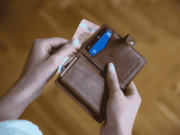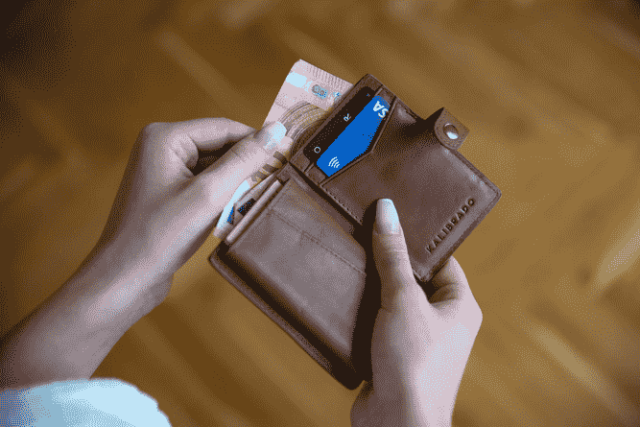Money is more than just a medium of exchange—it is deeply tied to our emotions, desires, and sense of identity. Every purchase we make, whether small or large, is often influenced by psychological factors that go beyond practical need. Understanding the psychology of spending reveals why we are drawn to certain products and why our buying decisions often feel more emotional than logical.
Emotions Drive Purchases
At the core of most buying behavior lies emotion. People rarely buy something because it is only useful; they often buy because of how it makes them feel. A new outfit might bring confidence, while a fancy gadget might provide excitement. Even simple things like coffee or snacks can be linked to comfort and pleasure. Our emotions, whether joy, stress, or boredom, can nudge us toward spending in ways we might not recognize at the moment.
The Role of Identity
What we purchase often reflects who we think we are—or who we want to be. Clothes, cars, home décor, or even the brand of phone we carry all send subtle signals about our personality and lifestyle. Buying certain products can feel like reinforcing an identity, whether that is being stylish, eco-conscious, adventurous, or successful. In this way, spending becomes less about the item itself and more about what it represents.
Instant Gratification vs. Long-Term Value
One of the biggest psychological battles in spending is the pull between immediate satisfaction and long-term benefit. A quick purchase can give a burst of happiness, but this feeling may fade quickly. On the other hand, saving for something meaningful requires patience but often delivers deeper satisfaction. People often lean toward instant gratification because the brain rewards quick wins with feelings of pleasure, making it harder to resist short-term temptations.
Social Influence on Spending
Humans are social beings, and our spending habits reflect that. The opinions and behaviors of friends, family, or society at large shape what we buy. Sometimes purchases are made to fit in, to impress, or to keep up with others. At other times, people buy certain things to feel unique or stand out. Either way, the influence of those around us plays a powerful role in spending decisions.
The Illusion of Control
Many people feel that they make rational choices when shopping, but subtle cues often steer behavior. The layout of stores, the design of packaging, and even the placement of products are created to nudge buyers. Marketing taps into psychological triggers like scarcity (“limited edition”) or exclusivity to push people toward spending. The sense of urgency makes individuals feel they are making their own decision, while in reality they are being guided.
Spending as Self-Care
Another overlooked factor is the way spending can be linked to self-care. Buying a small treat after a long day or investing in hobbies can feel like a reward for hard work. This is not always negative—spending can indeed provide comfort and joy—but without awareness, it can also lead to impulsive habits.
Conclusion
Spending is not just about exchanging money for goods or services; it is an intricate reflection of emotions, identity, and social dynamics. Recognizing the psychological forces behind why we buy what we buy can help us make more mindful choices. When we understand that every purchase carries both emotional and symbolic weight, we gain the power to spend in ways that align with our true needs and values.











































